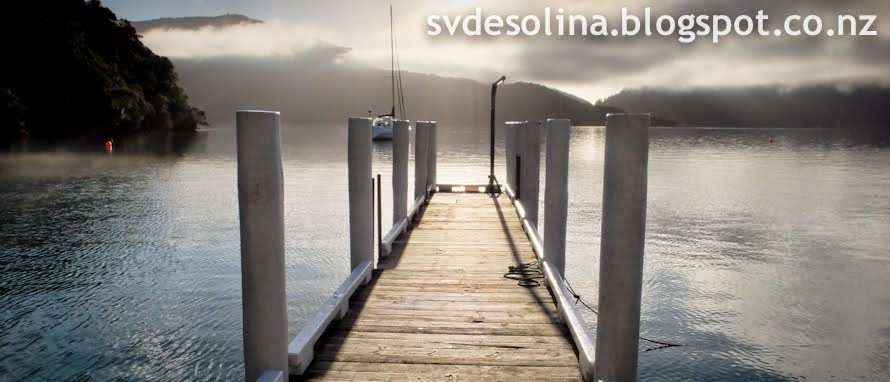We had a great few days in Napier during Art
Deco weekend, a festival celebrating all things 1920s and 1930s. Napier
markets itself to tourists as the Art Deco Capital since many of its buildings
were rebuilt in the art deco style after the 1931 earthquake. The atmosphere
was fantastic walking around town with everyone in 1920s/1930s style dress,
vintage cars driving around, and WW2 planes circling overhead. There were also
lot of events on, both free and pre-booked.
 |
| Aerial display |
Obviously we were a little
unprepared on the clothing front as we didn’t know it was on until after we
arrived. However, we got Dave some braces and I managed to dig out some shoes
and jewellery that looked vaguely 1930s and we got dressed up for a night on
the town. Our swing dancing lessons came in handy for the evening big band
concert too. We caught up with our friends Helen and Luke, and some fellow
dancers from the Full Swing dance school in
Wellington, all of who were in Napier for the weekend of festivities.
The marina in Napier is a few miles out from the centre, but there
are quite a few nice cafes, bars and shops in the area as they have developed
West Quay and Ahuriri village. We were
particularly happy to find a good Mediterranean food market and gourmet
butchers just a short walk away. We stocked up on lots of tasty goodies that we
haven’t been able to get our hands on since Wellington.
 |
| Tasty treats |
 |
| Napier Marina looking onto West Quay |
After a few of days of land-based fun we decided it was time to cast
off the dock lines and set sail for Gisborne. The journey from Napier to
Gisborne was an overnight trip of approx. 100 miles, taking us 22 hours. It was
a fairly unpleasant passage beating into 20kts of wind with waves and swell.
Because the boat was so bouncy in the wind and waves it made sleep impossible.
To add insult to injury I was incapacitated by sea sickness for the first time
on this whole trip, which meant Dave had to do more than his fair share of the
night watches. The approach into Gisborne harbour was easy and we didn’t have
to worry about tides as the channel is deeply dredged due to all of the cargo
ships that come in and out. There is a small marina next to the port, which is
adjacent to the town centre. We arrived exhausted, but joyous for finally
having solid ground under our feet again. We treated ourselves to a large pub
dinner after the long night and day spent getting here.
 |
| Life on passage - sailing with 2nd reef in main and full Genoa, rails in the water |
The next morning another yacht pulled into the marina that we had
seen on our sail up from Napier. As we had passed them on our way, we assumed
they were carrying on further north. It turns out their journey was even more
arduous than our own after blowing out their main sail and arriving in Gisborne
much later that same night, after a very slow sail. They had to anchor outside
the sea wall in the dark and wait until the next morning before coming into the
marina. We’re planning to carry on into the Bay of Plenty soon and are looking
forward to spending some nights away from marinas. At $35 a night in Gisborne,
and $22 in Napier, the costs can soon add up after a few days.

















